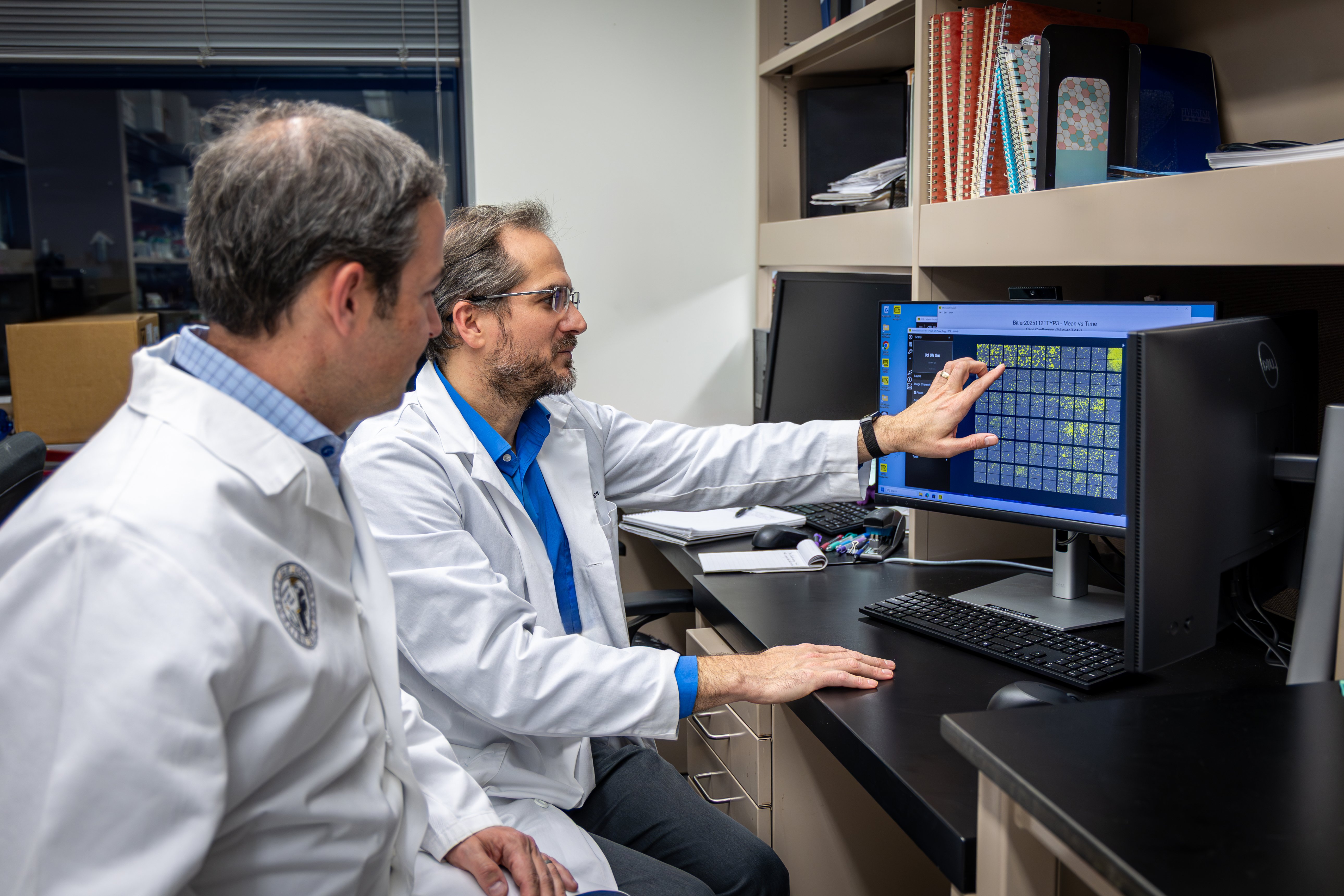The third installment of a CU Anschutz webinar series on the ethical dilemmas surrounding work and play focused on the impact of a new president and steps the new government needs to take to protect workers, specifically from COVID.
On Nov. 13, the Center for Health, Work & Environment at the Colorado School of Public Health and the Center for Bioethics and Humanities hosted “Election Day is over: What’s next for worker health and safety?” The panel discussion—featuring Dr. David Michaels, former Assistant Secretary of Labor for the Occupational Safety and Health Administration (OSHA)—explored the impacts of the COVID pandemic on workers and the role of government response and regulations on workplace health and safety.
According to Michaels, while the government has been extremely focused on getting workers back to work, it has not necessarily been concerned with getting them back safely. “We need workers to be safe so that the economy can function,” he said. This most glaringly applies to workers in areas where outbreaks have been severe, including healthcare facilities, nursing homes, and meatpacking plants.
The changes in regulation, facts, and best practices have delayed government entities from making what we know is necessary for appropriate disaster response: a plan. “We don’t have a national plan, so we can’t take steps towards a solution,” said Michaels.
OSHA and regulations
Michaels, who led OSHA for eight years (2009-2017), said there needs to be workplace regulations put in place to protect employees, and these should come from OSHA and other agencies, too. “Protecting workers should be an all-government effort that involves other agencies,” he said. “Hopefully this is what we will see in the new administration.”
Before President Trump took office, employers of a certain size in many industries were required to report summary data from OSHA 300 logs to be published online. This reporting—the first of its kind— gave OSHA’s regulations the teeth it was lacking to keep business accountable for workplace injuries and illnesses. “We thought that if people could see the rates of injuries, they would treat those companies differently and it would encourage employers to make their workplaces places safer,” said Michaels. “But the Trump administration did not enforce that program.”
Dr. Matthew Wynia, a national leader in bioethics and director of the Center for Bioethics and Humanities at CU Anschutz Medical Campus, believes that “good ethics begins with good facts.” What is keeping us from properly protecting workers is that we “don’t have the fundamental basic data to gauge how well or poorly we’re doing. We are operating in a data-impoverished zone.” Wynia believes that OSHA’s unwillingness to regulate and enforce workplace health and safety measures won’t change in the next two months, but that we will hopefully see re-engagement in standard setting with the new administration.
Vaccinations and essential workers
As we anticipate the availability of a COVID vaccine, Dr. Lee Newman, panel moderator and director of the Center for Health, Work & Environment, asked how we should determine who to vaccinate first. We know that the general approach will be to vaccinate essential workers, but who is essential?
“Public health sits uncomfortably at the nexus of health and politics,” said Wynia. “We often hear the phrase ‘essential workers,’ but more accurate is to say, ‘workers in essential industries.’ Too often, we have treated those workers as if they are disposable on an individual level. Their industry cannot go down, so the industry is what is essential, not the worker.” According to Wynia, vaccine distribution is an opportunity to rectify some of these issues, by prioritizing people who work in essential industries with higher risk for COVID exposure.
COVID in the rearview mirror
Michaels believe that a year from now, COVID will be in the rearview mirror. “This crisis has exposed the weaknesses of our workplace health and safety systems and the toll work takes on workers,” he said. “In the last four years, agencies have suffered. Thanks to President Trump, there has been great damage to OSHA and EPA. We need to rethink the way we regulate public health protections. We now have the opportunity to say, How do we do this right? How do we rebuild these agencies?”
Undoubtably, it will be a challenge to rebuild in a potentially split government. Wynia believes that in a divided government, “you have to be willing to at least acknowledge that there are win-win compromise scenarios that are worth pursuing for the good of the country.”
Michaels hopes to see a temporary emergency standard in January, followed by a more permanent procedure for airborne infections. “Standards are a wholesale way to deal with workplace health and safety issues. Standards are very powerful because employers generally want to be within the law. They just need to know what the rules are.”
To watch a recording of the webinar, please visit the Center for Health, Work & Environment’s YouTube channel.
Guest contributor: Laura Veith, marketing and communications coordinator at the Center for Health, Work & Environment at the Colorado School of Public Health.



